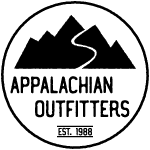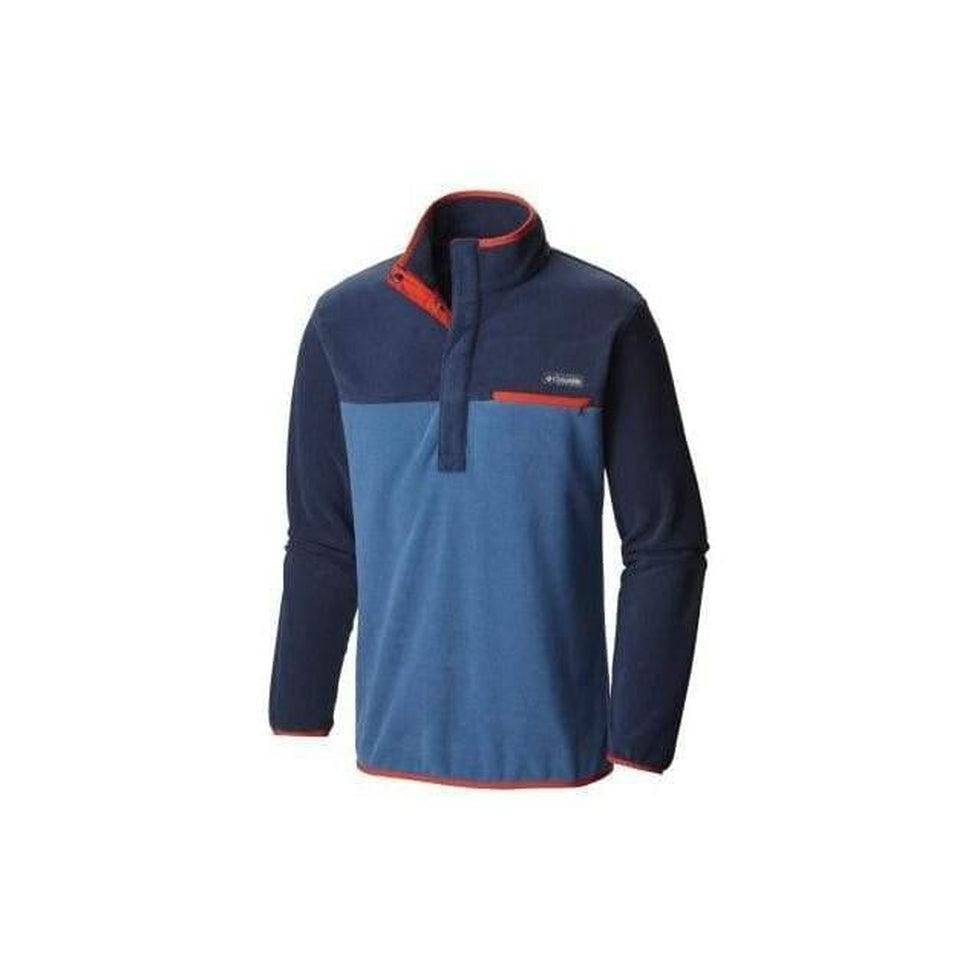Explore the Science of Staying Warm with Balto and the Serum Run
Does the chill in the air invigorate you instead of sending you indoors for the winter? If yes, then you’re just the person who would enjoy an event dedicated to dog sled runs!
The Cleveland Museum of Natural History explored the story of Think & Drink – Hero Dogs: Balto & the Serum Run on February 21st. The evening included scientific topics about Balto and the Serum Run, along with local brews from Collision Bend Brewing Company and a free raffle entry for a prize.
The main discussion focused on the diphtheria outbreak that happened in Nome, Alaska in the 1920s. Attendees learned about the medicines and illnesses that were common during the 1920s, and how Balto and the dogsled team made a difference in Nome. There was even knowledge on how the animated film has some details correct and other facts wrong as viewers learned from presentations and historical footage of Balto in real life.
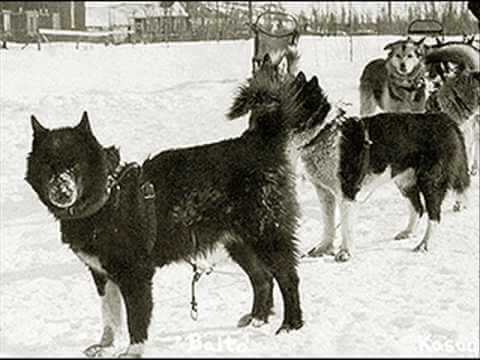
Who Was Balto, and What Was the Serum Run?
Nome was struck with a diphtheria outbreak in 1925, and the antitoxin had to be moved from Anchorage to Nenana using trains, and then from Nenana to Nome using dog sleds. Balto, a Siberian husky and sled dog, was the lead dog on the last leg of the Nome, Alaska Serum Run (also called the Great Race of Mercy) in 1925.
The entire dogsled run required 20 mushers and 150 sled dogs. They traveled 674 miles in less than six days. Their efforts and courage saved Nome as well as the nearby areas where the outbreak could have spread. The Serum Run and the teams were heralded as heroes in newspapers across the US. A statue of Balto even stands in Central Park, New York City as a memorial to the effort.
Why Was Appalachian Outfitters There?
Staying warm in cold weather is a science. In the 1920s, mushers relied on furs to keep them warm during log dogsled runs. These furs worked well enough at the time, but now we have better clothing for cold winter days.
At Appalachian Outfitters, we know our gear! We can recommend the best winter items for your outdoor adventures, helping you withstand any elements you face. We’ll be at the Cleveland Museum of Natural History to help you figure out which modern gear is best for you, even if you’re not a dogsled musher with your own Balto. Some of our standard recommendations are:
- Layers: The best practice for staying warm during winter is to layer up! From your base layer to your outer layer, your natural heat will stay closer to your body with extra insulation.
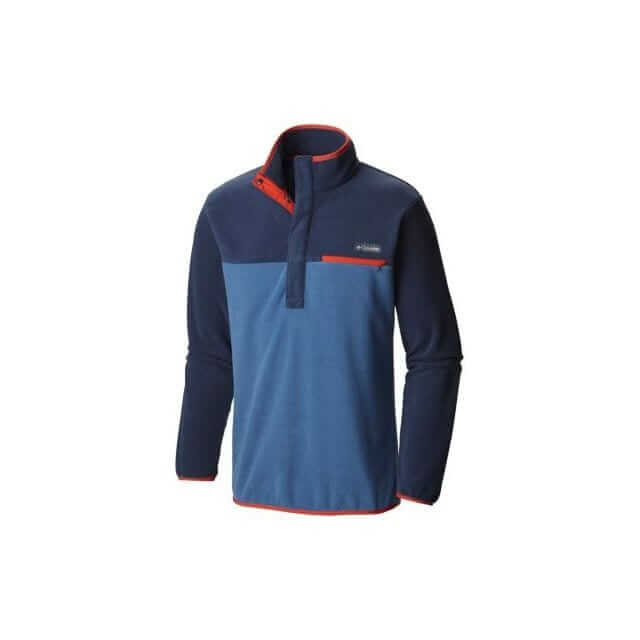
Photo Credit: locally.com
- Parka: A sturdy, warm, wind-resistant parka will make all the difference against freezing cold winds. Fur ruffs also help to block the wind from freezing your face.
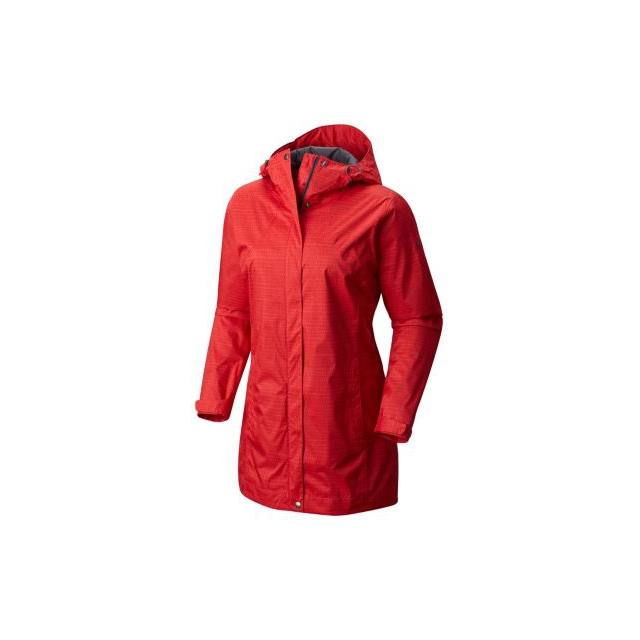
Photo Credit: locally.com
- Hand Protection: Gloves and mittens are crucial during the winter. Combining different materials is best for keeping your hands warm. (Mushers typically wear fleece or wool gloves underneath beaver mitts.)
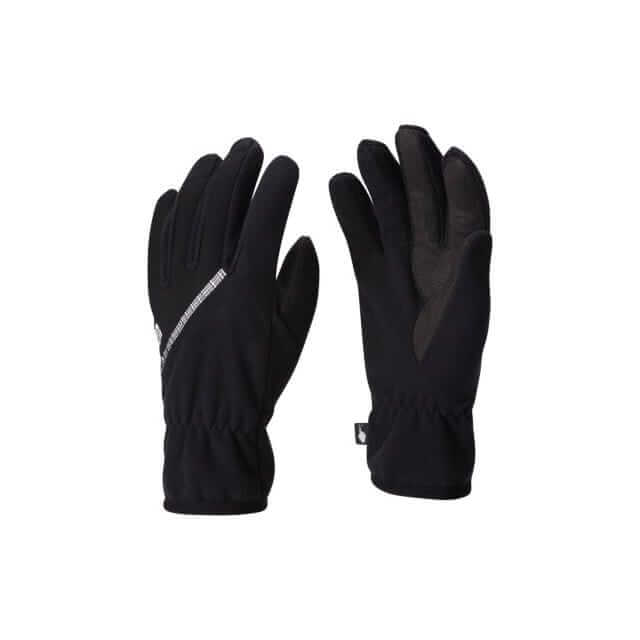
Photo Credit: locally.com
- Shoes and Socks: Keeping your feet warm will keep the rest of you warm. Come to the museum to see which products we recommend for socks and boots!
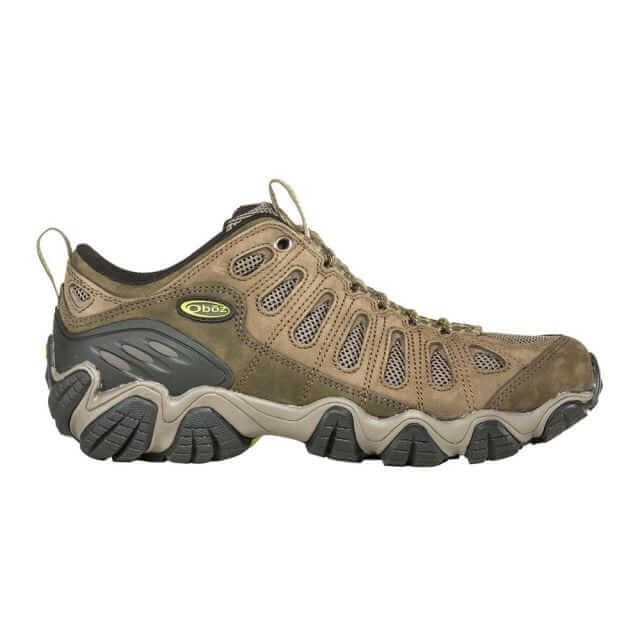
Photo Credit: locally.com
